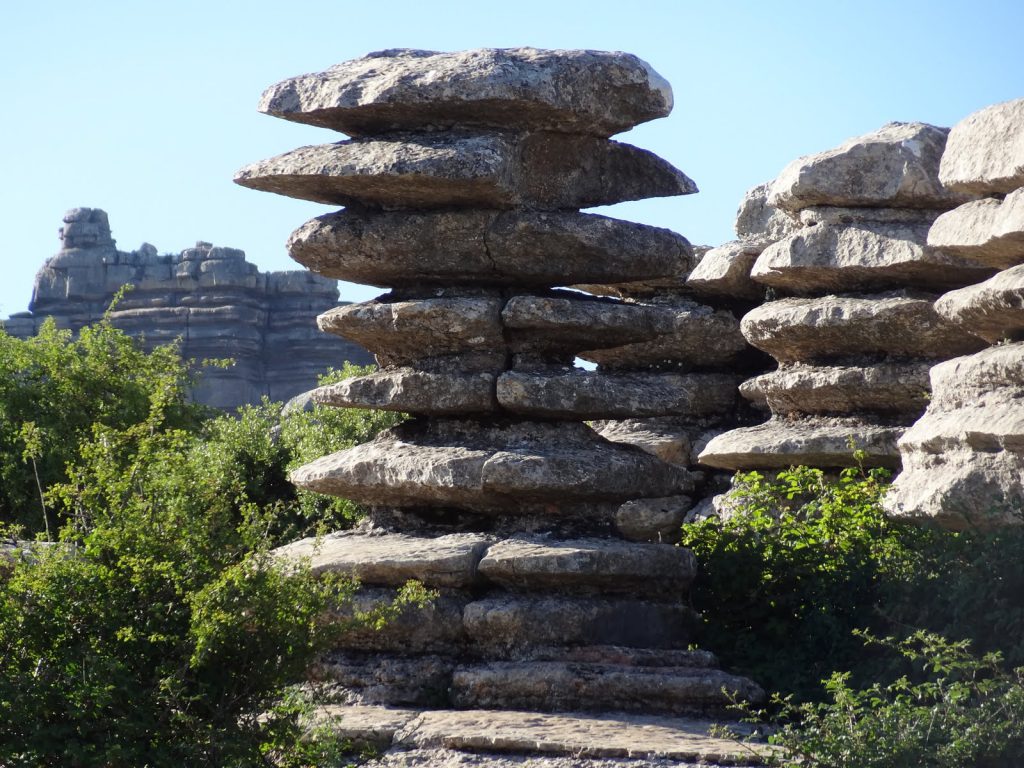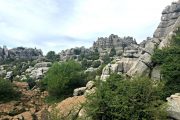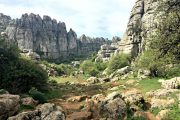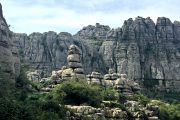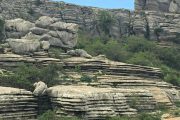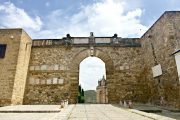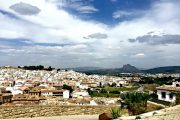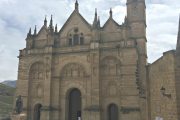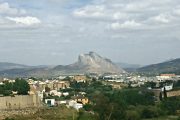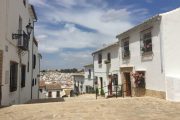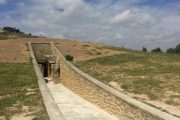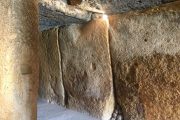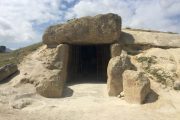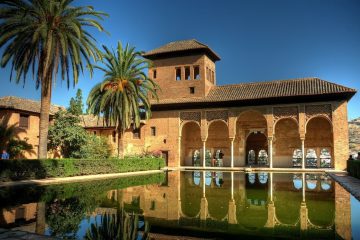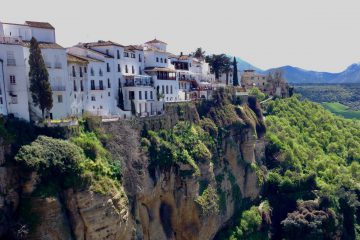Read this in:
 Nederlands (Dutch)
Nederlands (Dutch)
A day trip to El Torcal and Antequera
This tour combines a visit to the stunningly shaped rock formations of the El Torcal natural park with a sightseeing walk through the old city of Antequera and the ancient Dolmen.
| DEPARTURE/RETURN LOCATION | Your address in the greater Málaga area | ||||||||
| DEPARTURE TIME | At 10:00am | ||||||||
| RETURN TIME | At approximately 5:30pm | ||||||||
| WEAR | Comfortable clothing, hiking boots or sturdy sneakers, a hat, a windproof jack and sunscreen. | ||||||||
| INCLUDED |
|
||||||||
| NOT INCLUDED |
|
Prices:
- Group of 2: 310 euro (155 euro p.p.)
- Group of 3: 450 euro (150 euro p.p.)
- Group of 4: 540 euro (135 euro p.p.)
- Group of 5: 575 euro (115 euro p.p.)
- Group of 6: 600 euro (100 euro p.p.)
Read this in:
 Nederlands (Dutch)
Nederlands (Dutch)
10:00am: Pickup
11:00am: Start the walk
12:00pm: To Antequera
12:30pm: Arrival in Antequera
1:30pm: Lunch time
3pm: Visiting the Dolmen
3:45pm: Back to the coast
4:45pm: Drop-off
Read this in:
 Nederlands (Dutch)
Nederlands (Dutch)
Read this in:
 Nederlands (Dutch)
Nederlands (Dutch)
El Torcal
El Torcal de Antequera is a nature reserve in the Sierra del Torcal mountain range located south of the city of Antequera, in the province of Málaga. It is known for its unusual landforms, and is one of the most impressive karst landscapes in Europe. The area was designated a Natural Site of National Interest in July 1929, and a Natural Park Reserve of about 17 square kilometres was created in October 1978.
Geology
The Jurassic age limestone is about 150 million years old and was laid down in a marine corridor that extended from the Gulf of Cádiz to Alicante between the present Atlantic Ocean and Mediterranean Sea. These seabeds were uplifted to an elevation of over 1300 meters during the Tertiary era, resulting in a modest mountain range of flat-lying limestone, which is rare in Andalucia. Later, a series of fractures, cracks and faults at right-angles (generally NW-SE and NE-SW) were exploited by erosion and produced the alleys between large blocks of limestone visible today. The blocks themselves have been subjected to both dissolution by water (karstification) and freeze-thaw splitting action which, working on the limestone’s horizontal beds, resulted in the various shapes visible today, many of which resemble, and have been named after, everyday objects such as the Sphinx, the Jug, the Camel, the Screw, etc. Other flat surfaces have been karstified into rugged, rocky lands where travel on foot is difficult.
Like many massive limestones, the Torcal includes caves and other underground forms, some of them of historical importance like the Cueva del Toro (Cave of the Bull) with its Neolithic artifacts. Their origins are also related to the dissolution of underground limestone by rainwater.
Source: Wikipedia



